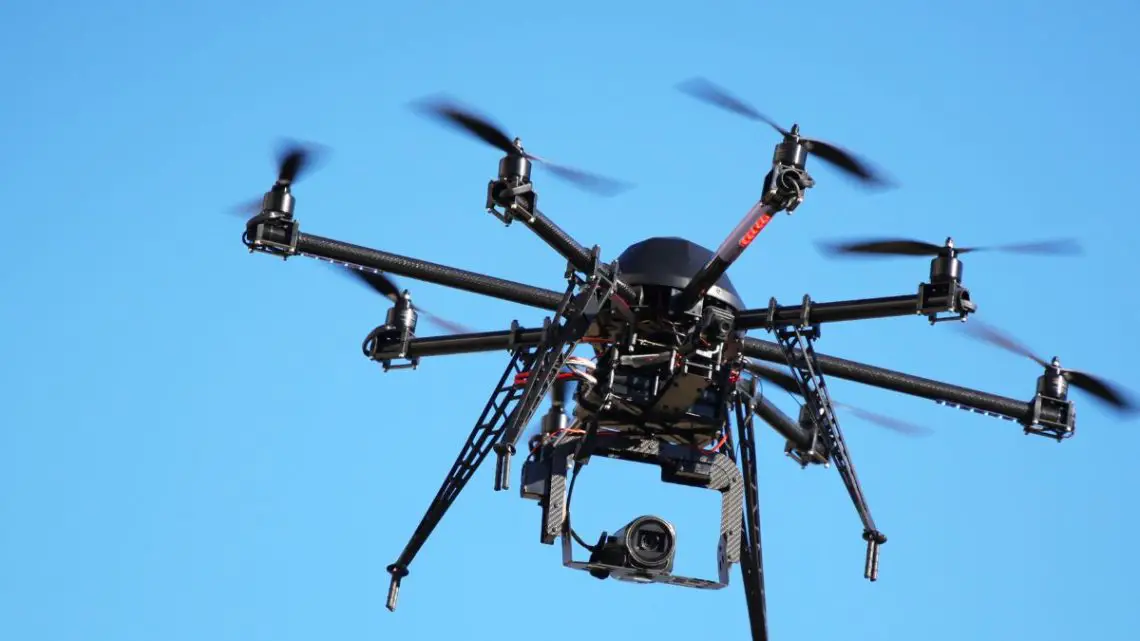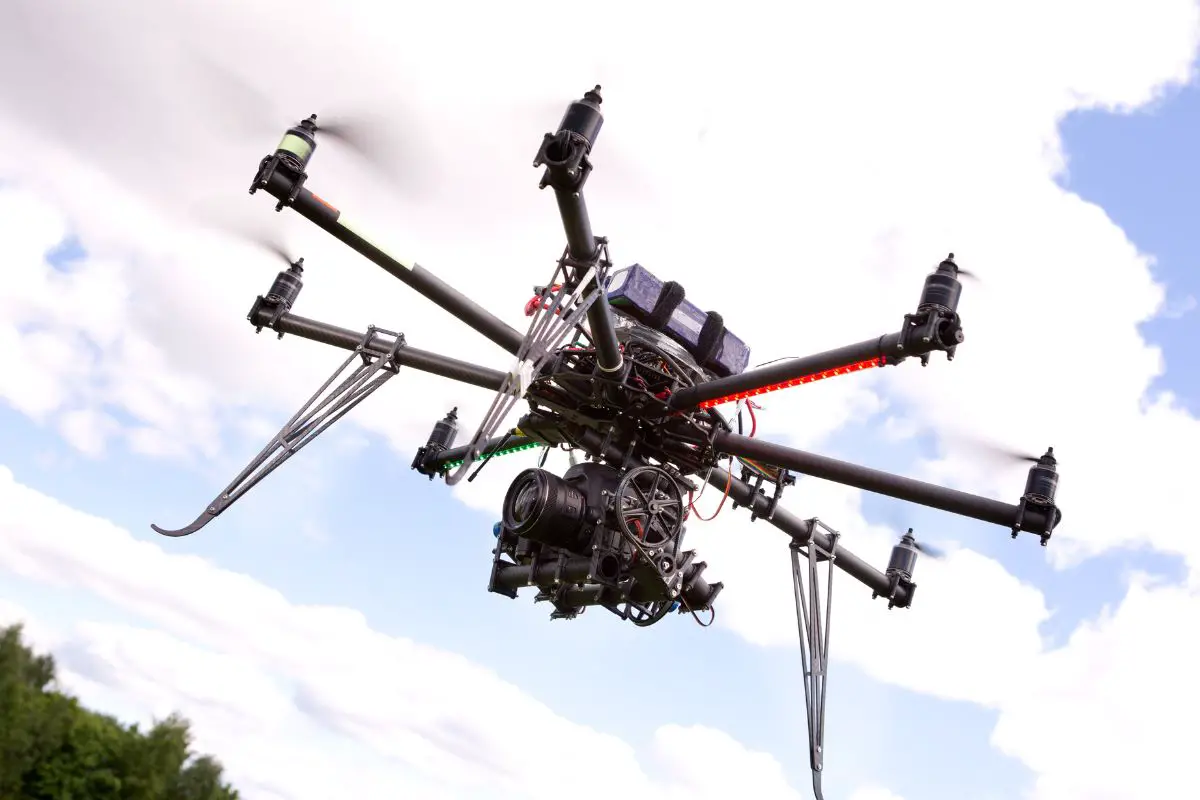
UAVs hydrogen storage collaboration kicks off between Honeywell and NREL
September 25, 2023The year-long partnership will focus on an H2 storage solution for UAVs.
Honeywell has teamed up with the DOEs National Renewable Energy Laboratory (NREL) to prototype and support the commercialization of a cartridge-based hydrogen storage solution for uncrewed aerial vehicles (UAVs).
The year-long partnership is an important step for Honeywell.
For the year-long collaboration, Honeywell will provide technological expertise, including testing for fuel cartridge technology, prototyping, supply chain support, and the evaluation of fuel cells to qualify for “Fuel Additives for Solid Hydrogen (FLASH) Carriers in Electric Aviation” project.
The purpose of the FLASH project is to mature new hydrogen carrier technology developed at NREL as part of the Hydrogen Materials Advanced Research Consortium (HyMARC) project.
“This partnership with NREL is the latest example of how Honeywell is driving the future of sustainable aviation,” said Dave Shilliday, vice president and general manager, Urban Air Mobility and Uncrewed Aerial Systems, Honeywell Aerospace.
Also commenting on the partnership with Honeywell, Katherine Hurst, NREL senior scientist and group manager, said, “This is an exciting opportunity to demonstrate the performance of hydrogen storage materials that we developed in our laboratory together with Honeywell to fuel a real-life flying vehicle.”
Hurst explained that “Today’s long-range drones are typically powered by internal combustion engines. While they provide the required range that battery-powered electric UAVs lack, these engines have issues with excessive noise, vibration, and emissions, including carbon emissions.”
The hydrogen storage project seeks to prove that H2 can address long-range, heavy-payload UAV challenges.
Battery-powered electric UAVs are well suited for decarbonizing short-range applications, but this technology falls short for long-range and heavy-payload applications. Hydrogen, on the other hand, can provide “significant advantages for electrical vertical take-off and landing systems in terms of endurance and range,” says Shilliday.

What’s more, using hydrogen to power UAVs by providing long-lasting hydrogen storage coupled to a fuel cell that converts H2 to electricity, can significantly expand the possibilities of these vehicles beyond the limitations of battery-electric powertrains.
“Honeywell will work with NREL to develop the necessary hydrogen-related technology to contribute to the further growth of the industry,” Shilliday added.
Why Fuel Cells are Just Making Sense the UAV Industry and More
The Unmanned Aerial Vehicle (UAV) industry is witnessing a significant shift as it moves away from batteries and towards fuel cells, largely due to the superior performance of the latter. Fuel cells, with their high energy density and quick refueling times, are proving to be an optimal choice for powering UAVs. They also perform exceptionally well in cold temperatures, a key consideration for UAV operations in challenging weather conditions.
- The shift towards fuel cells in the UAV industry is primarily due to their superior performance, especially in colder temperatures.
- Weight is a crucial factor in UAV design. Fuel cells contribute to a significantly lighter UAV due to their high energy density compared to batteries. This allows for longer flight ranges and the capacity to carry heavier payloads.
- Fuel cells outshine batteries in terms of distance capabilities. They can be refueled in as little as 15 minutes, making them an excellent choice for UAVs operating multiple shifts a day.
- Fuel cells’ exceptional performance in cold temperatures makes them suitable for UAV operations in challenging weather conditions. This resilience further solidifies their status as the preferred power source in the UAV industry.
The advantages of fuel cells are not going unnoticed in other sectors. Industries where factors such as weight, distance, and cold temperature resilience are vital are starting to appreciate the benefits of fuel cells. With these standout attributes, it won’t be long before they become mainstream and widely adopted.
The FLASH project will deliver an alternative approach.
 The focus of the FLASH project is on solid material that can quickly release hydrogen gas to be used by the fuel cell. The material has a high hydrogen capacity and can operate at low temperatures of about 100°C (212°F).
The focus of the FLASH project is on solid material that can quickly release hydrogen gas to be used by the fuel cell. The material has a high hydrogen capacity and can operate at low temperatures of about 100°C (212°F).
If all goes according to plan, the FLASH project will deliver an alternative approach in which efficient and long-lasting hydrogen storage is connected to a fuel cell that turns hydrogen to electricity to power electric UAV flight. Such a system will allow for long-range flights without the tail-pipe emissions of combustion engines or the noise. Additionally, it makes sensitive drone applications, such as atmospheric monitoring, possible.
Ready to test your knowledge on the most abundant element in the universe? Take our fun and engaging Hydrogen Quiz now! [forminator_quiz id=”58712″]



 With over 15 years of reporting hydrogen news, we are your premier source for the latest updates and insights in hydrogen and renewable energy.
With over 15 years of reporting hydrogen news, we are your premier source for the latest updates and insights in hydrogen and renewable energy.
The collaboration between Honeywell and NREL in the field of UAVs and hydrogen storage is incredibly promising. Hydrogen as an energy carrier has been gaining traction, and its application in UAVs could revolutionize the industry, making drones more efficient and environmentally friendly. This partnership highlights the importance of innovation in sustainable technology, especially in sectors where clean energy solutions are sorely needed. It is exciting to see companies like Honeywell working with research institutions like NREL to drive these advancements forward. This collaboration may not only benefit UAVs but also pave the way for broader applications of hydrogen energy in transportation and beyond.